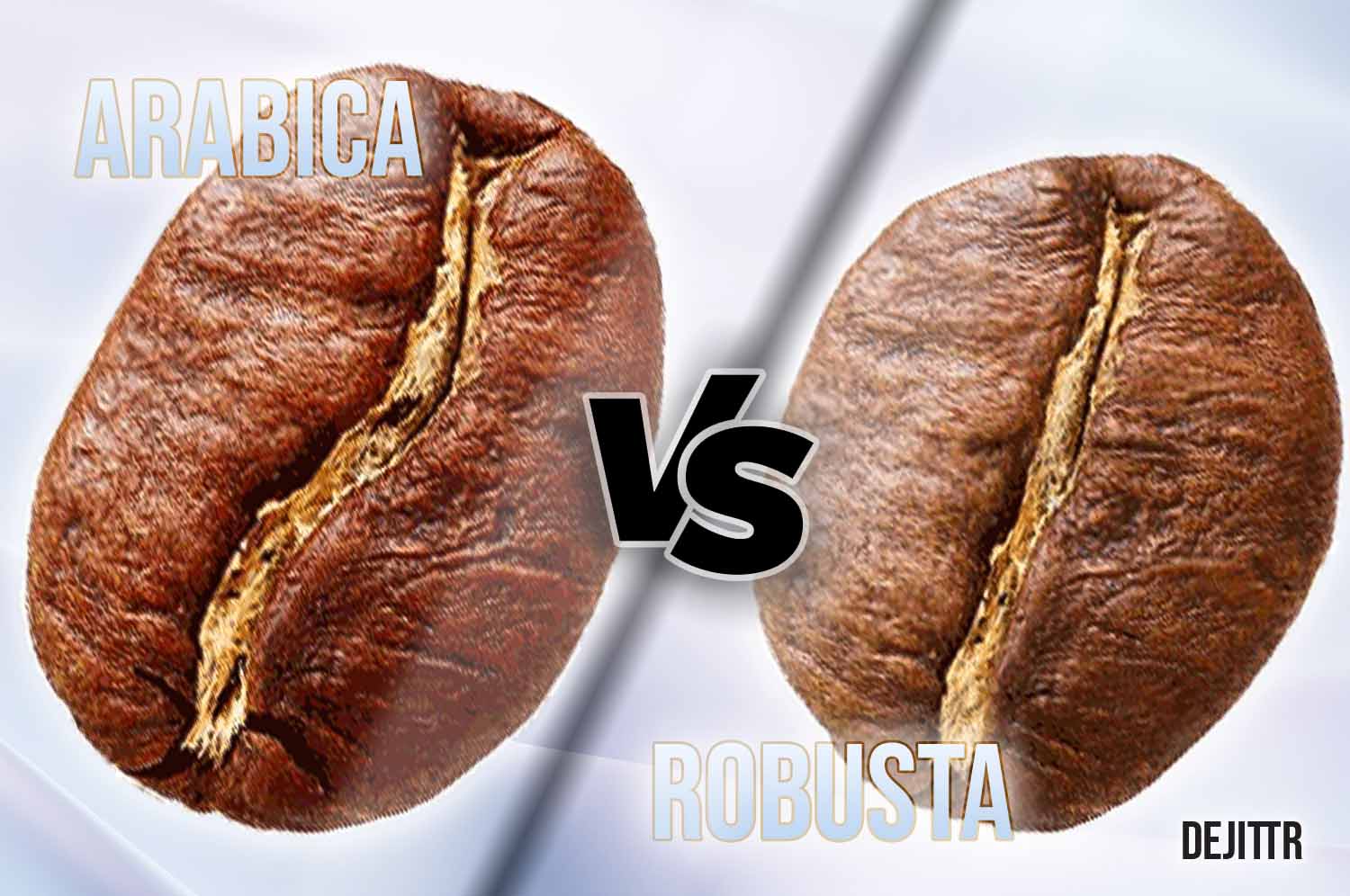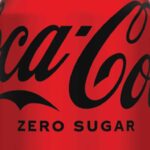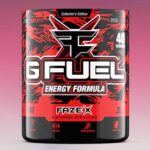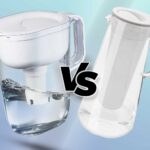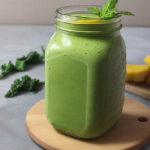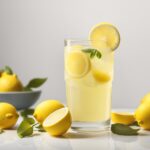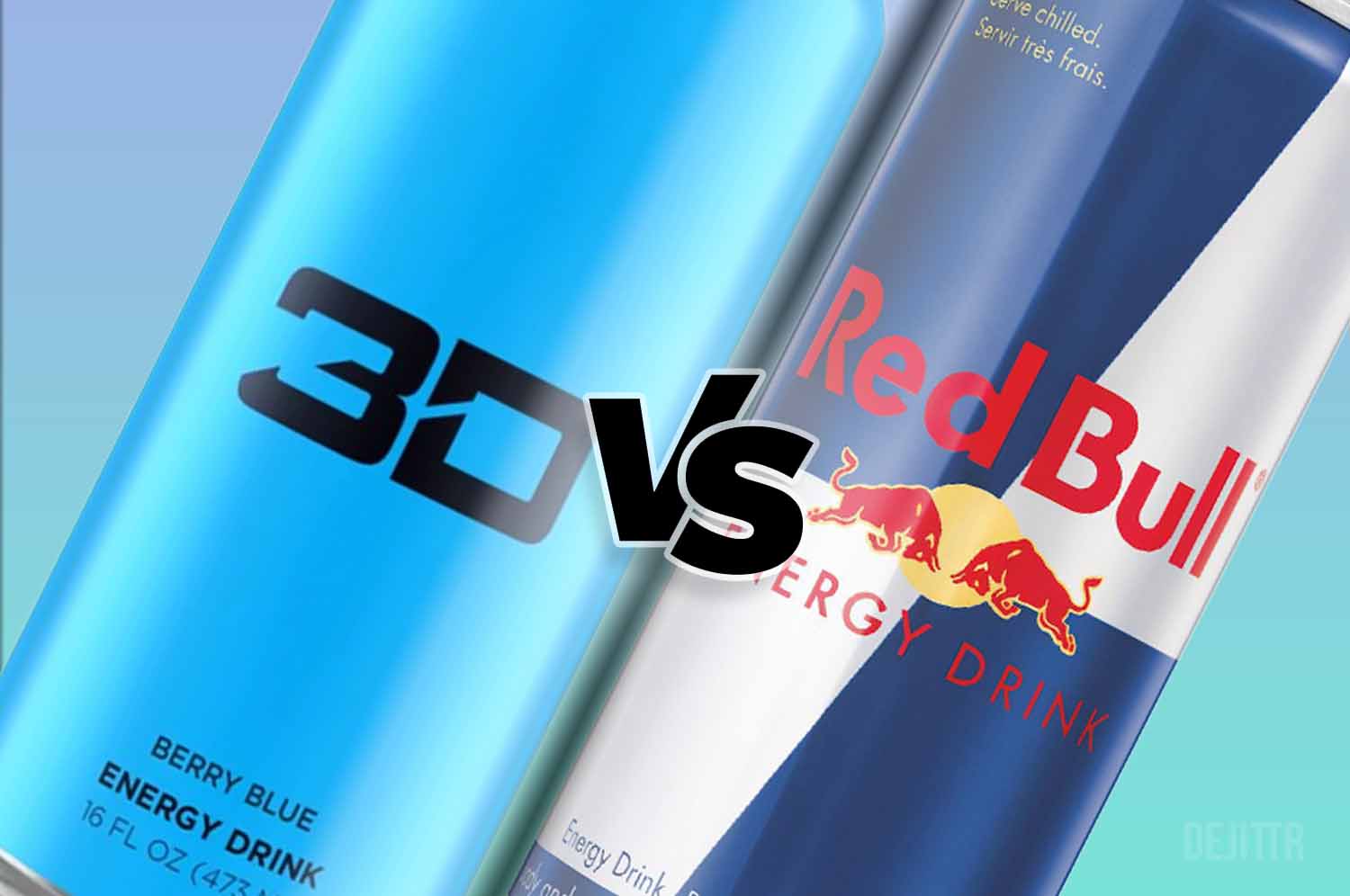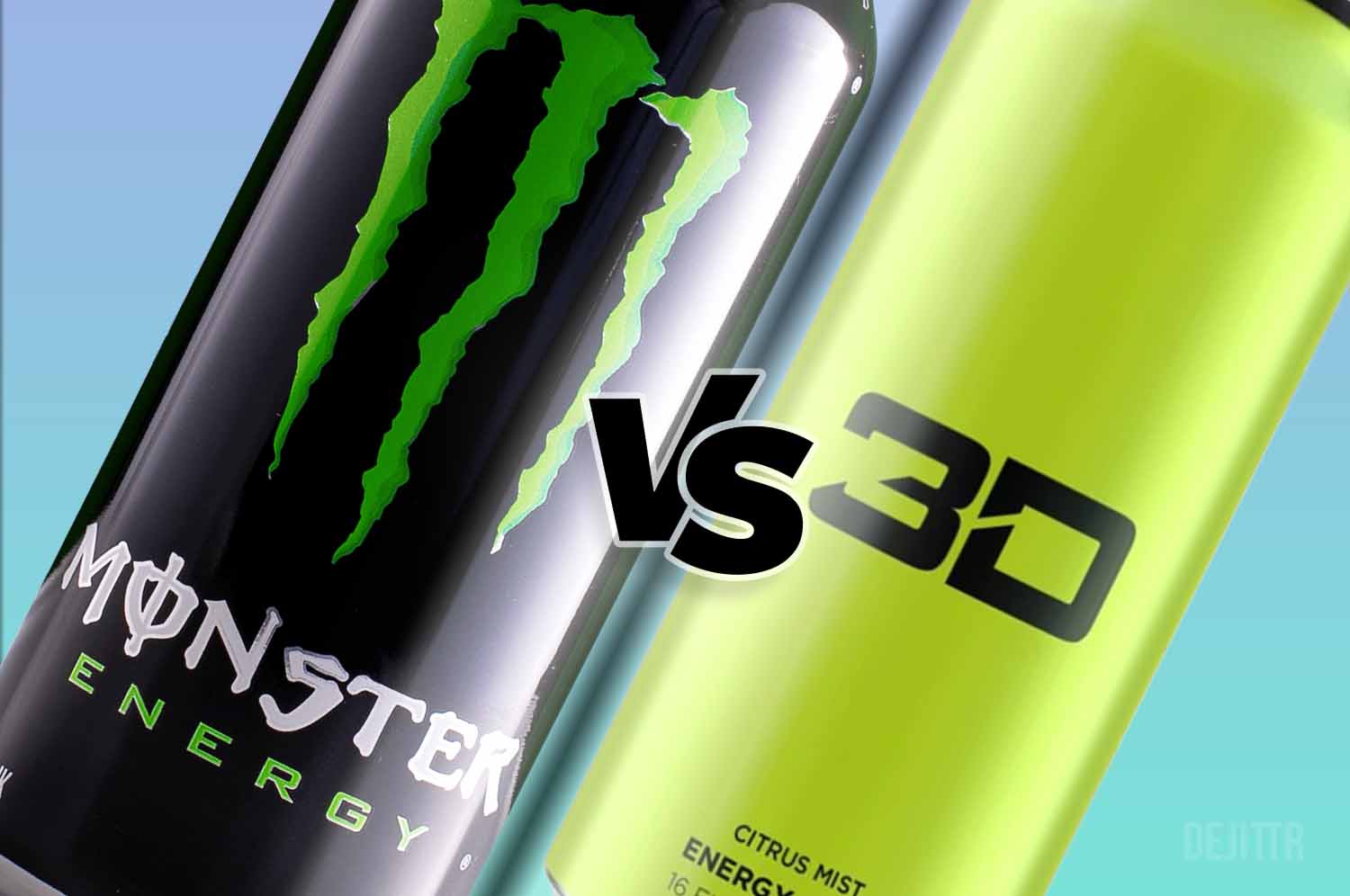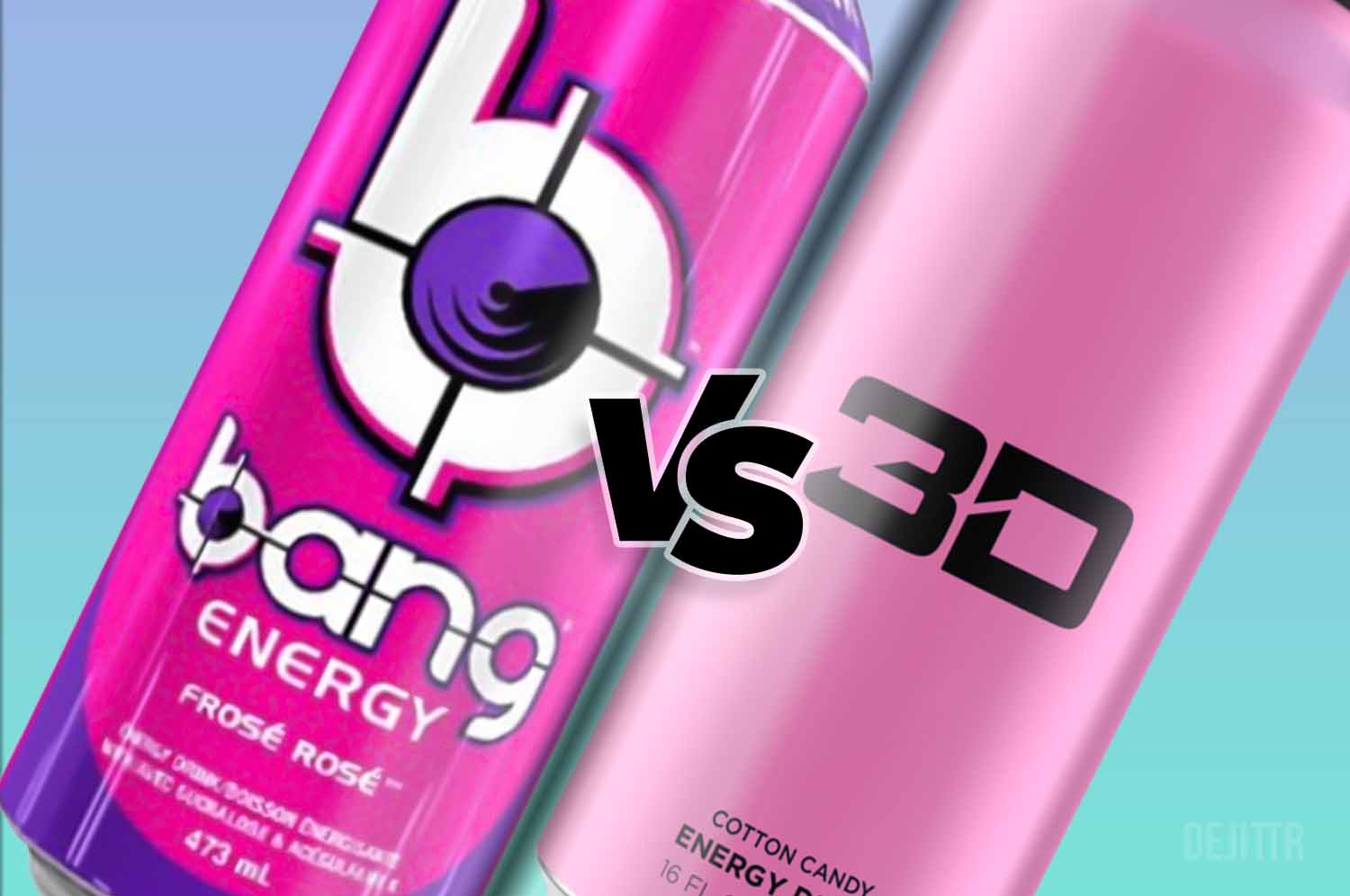There are two main types of coffee: Robusta and Arabica. They come from different coffee plant species, so they taste different too. However, many coffee enthusiasts wonder which of these options is better for their morning brew.
Arabica is generally considered to be better than Robusta coffee. It has a smoother, sweeter taste, making it easier to drink. Robusta is much more bitter, so it tastes more like traditional coffee. Although, which you like more will come down to your taste preferences.
In this article, you’ll find everything you need to know about Robusta and Arabica coffee. There are plenty of differences between these coffee beans, including cost, growing conditions, and caffeine content. Here’s what you need to know!
Do People Prefer Robusta or Arabica Coffee?
Most people prefer Arabica coffee over Robusta since it’s more flavorful and has a delicious scent. Many Arabica roasts have a smooth, sweet, and almost fruity taste, making them work wonderfully with many flavorings. Robusta is simply too bitter for many people.
Recommended Resource:
One of the goals of our website is to demystify ingredients such as caffeine. We create fun-to-read, in-depth, and medically-backed topics that our users love. Here’s another super helpful resource when you’re done reading this article.
It’s no wonder that more people prefer drinking Arabica coffee. Robusta has a much higher caffeine content, which significantly impacts the flavor. It can even come across as “rubbery” and have an overpowering bitter taste. These aspects are what drive most people away from drinking it.
Many restaurants and brands also advertise their coffee as 100% Arabica, which influences people. We see this so often that we start associating Robusta as the “inferior option” and Arabica as being gourmet. However, that’s not always the case. Many brews can benefit from using Robusta beans, especially when the recipe demands more caffeine.
However, there’s no correct answer regarding which coffee is better. You can make both taste great, as each coffee has its benefits. Overall, no matter which coffee bean you prefer, you can still enjoy a rich and flavorful brew every morning.
Robusta vs. Arabica Comparison
Flavor Comparison
The main reason most people prefer to drink Arabica coffee is the flavor. Arabica is sweet, smooth, and can contain notes of fruit or chocolate. It’s generally much more appealing than Robusta, which is known for being extremely bitter.
With a peanut after-taste, Robusta can taste grainy or rubbery, so it’s not nearly as popular. It’s harder to cover these tastes and textures with creamer and other sweeteners. Knowing how to taste coffee properly can help you identify the different notes in your brew.
Most people don’t prefer Robusta coffee and will always go for Arabica. Since Arabica is what most stores choose to stock, you shouldn’t have any issues finding it. You’ll have a more challenging time looking for pure Robusta coffee since it’s usually added to Arabica to make mixed blends.
Cost Comparison
When it comes to price, it’s much cheaper to buy Robusta coffee beans. According to Statista, Arabica will always be the more expensive option. In 2020, it cost $3.32 for a kilogram of Arabica, while it cost only $1.52 for the same amount of Robusta.
There are a few reasons why Arabica is more expensive. First, Arabica plants are harder to cultivate and require specific growing conditions. They need more water, shade, and elevation when compared to other species of coffee plants. It’s also easier to damage them by accident.
Since Arabica is much more popular than Robusta, there’s a much higher demand for it. That means companies can charge more for their Arabica blends.
Acidity Comparison
Next, Arabica coffee is also more acidic than Robusta. However, that’s not bad when it comes to coffee beans.
Arabica’s acidity boosts the coffee’s flavor, making it crisper. When people talk about acidity in coffee, they usually refer to the taste–not the actual pH level of the drink.
Higher acidity usually means that the coffee tastes better. You can sense acidity in the front of your mouth, around the tip and edges of your tongue. Acidity is usually one of the first things we notice when drinking coffee.
Caffeine Comparison
Robusta has nearly twice as much caffeine content as Arabica. You’ll find that Robusta contains about 2.5% caffeine, while Arabica has about 1.7% at most. Arabica can contain less caffeine than that amount, depending on the roast.
This difference makes Robusta more suitable for certain types of specialty blends or espresso. However, most of these blends don’t contain Robusta alone. Instead, they combine Robusta and Arabica, with most of the coffee mix coming from Arabica beans.
That way, there’s not enough Robusta to impact the drink’s flavor. The Arabica keeps it sweeter, and the Robusta adds caffeine content, so these two beans work very well together.
Which Is Better for You: Robusta or Arabica?
Despite Arabica being people’s preference for coffee, that doesn’t mean it’s better for you. It contains more sugar than Robusta, so it’s likely to have more calories and other unhealthy aspects.
Robusta is better for you than Arabica coffee. It contains more chlorogenic acid and antioxidants. Chlorogenic acid can lower your blood pressure and boost metabolism, while antioxidants protect you from free radicals.
Plus, you can get these benefits from Robusta while drinking less coffee. It even has more caffeine to get a stronger feeling of alertness from just a single cup. Many people who want to drink less coffee switch to Robusta, so they don’t have to drink as much to feel awake.
Overall, Robusta has more health benefits than Arabica. Although, it’s still usually too bitter for it to be most people’s go-to brew, so this feature gets overlooked.
Why Is Arabica More Popular Than Robusta?
Arabica is more popular than Robusta for several reasons. It’s much more flavorful and comes with twice as much sugar, which reduces the bitterness of coffee. Arabica even comes with more acidity, which is desirable in coffee.
About 75% to 80% of the world’s coffee production is Arabica because it has several desirable features for producing a delicious cup of joe. Arabica beans contain more sugar and more lipids than Robusta coffee.
These features are what impact the flavor of the roast, making it have an appealing taste. They even impact the texture and aroma of the coffee.
Arabica is much more popular because it isn’t as bitter. Even though it’s more challenging to grow Arabica plants, we still produce way more than Robusta for these reasons.
Why Does Robusta Coffee Taste Bad?
Robusta coffee tastes bad to many people, who describe it as rubbery, grainy, and bitter. The bitterness likely comes from its high caffeine content, which can give you a boost during the day. You won’t find as many blends that use it because most people hate it.
More often than not, Robusta is in mixed blends instead of ones consisting of pure Robusta beans. It doesn’t sell nearly as well as pure Arabica, so many companies won’t produce it in blends alone.
However, that doesn’t mean that all Robusta is terrible–some people don’t mind the bitter taste. It’s a good idea to try a variety of coffee blends. You might enjoy it instead of simply assuming you won’t simply because many people say it’s bad. Robusta has many uses for its high caffeine content, so you’ll still see it included in many espressos.
Is Robusta Low-Quality Coffee?
Robusta is not low-quality coffee. We usually skip it in favor of Arabica, but that doesn’t mean it will always be bad. High-quality Robusta is perfect for espresso and many other blends.
You’ll find cheap, low-quality Robusta beans like any other coffee type. If you want to try it, you must order a high-quality roast, so you don’t leave with a bad first impression of it. Most Robusta production goes into instant coffee, but there are still plenty of artisan brands that you can try.
Robusta coffee is more likely to be cheap-tasting when you buy it in commercial grade quality when compared to Arabica. However, since Arabica already has many features we like, you might still enjoy a cheap cup of Arabica, so it’s not always fair to compare the two like this.
In short, just because a blend contains Robusta doesn’t mean that it’s low-quality, despite many brands stressing that their coffee is 100% Arabica.
Where Are Robusta and Arabica Grown?
Robusta is grown mainly in India, Indonesia, and Africa. Arabica comes from Ethiopia, Colombia, Brazil, and Guatemala. There are many differences in growing conditions, including elevation and climates.
For example, Robusta plants prefer hot and dry growing conditions while flowering. When producing coffee beans, the plants want the weather to be colder with more rain. You can grow Robusta in more places than Arabica because the plant doesn’t mind different elevations.
Arabica is a lot pickier than Robusta regarding its growing conditions. You want to be in a tropical location close to the equator with lots of moisture, shade, and nutrient-rich soil. You’ll also find many farmers growing the plant along hillsides since the elevation is required for the plant to thrive.
Robusta is more resilient since it can grow at different altitudes, and the high caffeine levels make it possible to resist many pests naturally. Farmers are also more likely to use mono-crop farming for Robusta plants, which can harm the environment. Although, clearing rainforests to grow coffee can be an issue with both types.
Which Is Better for Espresso: Robusta or Arabica?
Robusta is almost always included in espresso, although most of the blend likely consists of Arabica. The Robusta beans give the espresso a caffeine boost, which it needs, and the Arabica prevents the flavor from getting too bitter. So, it’s best to drink a blend that uses both.
If you drink a blend that’s only one or the other, you won’t have a delightful cup of espresso. It’ll either be too bitter or won’t have the caffeine content you want since most people drink espresso for the energy boost.
Robusta coffee contains almost double the amount of caffeine compared to Arabica. Most espresso bean packs consist of 85% to 90% Arabica, and 10% to 15% Robusta beans–this combination gives you all the flavor of Arabica beans, plus some caffeine from the Robusta.
Arabica balances the taste with its sugar and lipid content. At the same time, Robusta makes the espresso have a more pungent coffee scent and offers essential caffeine. Because of this, espresso works best when you use both types of coffee, so one isn’t better suited for it than the other.
Robusta and Arabica Brand Comparison
There are many variations of coffee that you can try. This chart covers common brands and styles of coffee, plus their caffeine content:
| Coffee Brand/Style | Coffee Type | Caffeine Content Per fl oz |
| Dunkin Donuts | 100% Arabica | 15.00 mg |
| Nescafe (3 in 1) | 100% Arabica | 8.33 mg |
| Nescafe Classic | Mixed blend | 8.33 mg |
| Starbucks | 100% Arabica | 19.38 mg |
| Kenyan Coffee | 100% Arabica | 12.5 to 16.67 mg |
| Tim Hortons | 100% Arabica | 13.50 mg |
| Turkish Coffee | 100% Arabica | 25 mg |
| Ethiopian Coffee | 100% Arabica | 4.6 to 28 mg |
| Italian Coffee | Mixed blend or Robusta | 62 mg (espresso) |
| Hayman Jamaican Blue Mountain Coffee | 100% Arabica | 11 mg to 17 mg |
While Arabica is very popular in most countries, Robusta is the go-to drink in Italy. It has the highest caffeine content because the Robusta goes towards making espresso. Essentially, espresso is a highly concentrated caffeine shot, so you don’t want to drink more than one or two of them at a time.
Overall, it’s a good idea to check the caffeine content in coffee before brewing a cup. While it’s nice to have a boost in the morning, too much caffeine can have adverse effects.
Is There a Visual Difference Between Robusta & Arabica?
Although both coffee beans share many similarities, there are subtle differences. Arabica tends to be elongated and oval, whereas Robusta is closer to being rounded.
Final Thoughts
To summarize, Arabica is generally the better type of coffee bean. However, that doesn’t mean that there are no benefits to drinking Robusta from time to time. While it is much more bitter, it has more antioxidants and chlorogenic acid. Plus, it’s cheaper.
Overall, we prefer Arabica coffee for its sweeter taste. It also comes with more acidity and a more robust flavor profile. Although, it’s a lot harder to farm this type of coffee. Both work well in coffee blends, depending on what benefits you want from the drink.


